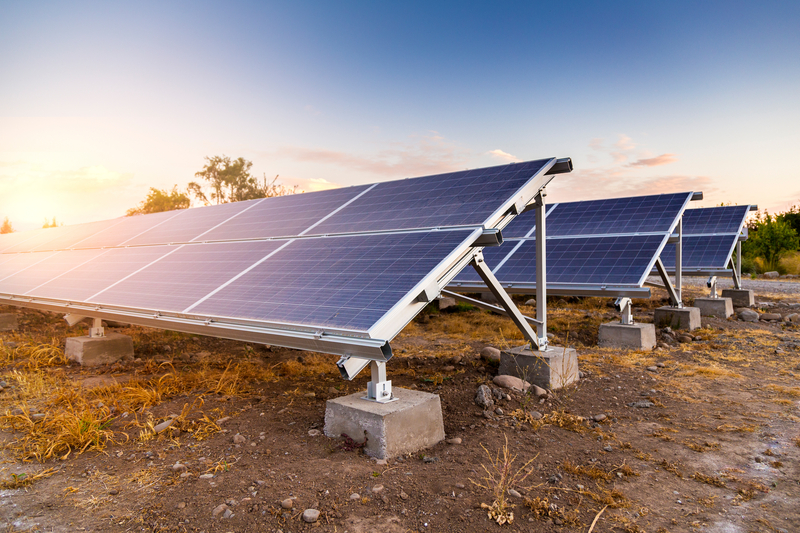Fossil fuels such as coal and petroleum are finite resources, which means that Earth has a limited supply of them, and one day, it will run out. That is why it is very important to invest in the development of energy based on renewable resources — resources that are, essentially, infinite. Solar energy is a renewable resource, and better yet, it can be collected from just about anywhere on Earth. But how do we “capture” sunlight to use it for energy?
When Were Solar Panels Invented?
The development of solar panels has been an ongoing process for decades. The photovoltaic effect, which is the principle that modern solar panels are based on, was first discovered by Edmond Bequerel in 1839. The photovoltaic effect is a characteristic of certain “semiconductor” materials that generate an electrical current when they are exposed to sunlight.
Using this principle, Bell Labs in 1954 created the solar cell that we know and use today in solar panels. This solar cell used silicon as the semiconductor, and was efficient enough at converting sunlight into electricity that solar power was able to start becoming a reality.
What is Electricity?
First, what is electricity? Simply put, electricity is how we describe the flow of electrons. Solar panels work by allowing photons (light particles) to knock electrons free from atoms. This generates a flow of electricity.
How Do Solar Panels Convert Sunlight into Electricity?
Each solar panel is made up of tons of individual photovoltaic cells. Each cell is a sandwich made from two slices of semiconductor material, usually silicon. Each slice of silicon gets an addition of material that will give it either a positive or negative charge: the slice on top gets phosphorus for a negative charge, and the slice on bottom gets boron for a positive charge. When the two oppositely-charged slices of silicon are placed next to each other, they generate an electric field.
When a photon of sunlight hits a photovoltaic cell, an electron gets knocked free, and the electric field then pushes that electron out of the cell. Conductive metal plates on each side of the cell collect these electrons and transfer them to wires, at which point the electrons flow like normal electricity — well, almost. In order to be used by your home, the electricity must be converted from direct current (DC) electricity to alternating current (AC) electricity by going through a solar inverter.
Sometimes homes with solar panels produce more electricity than the home can use. Once the battery is full, all excess gets fed to the electric grid, and homeowners can get paid for the extra electricity that they generate.
The future of solar energy is bright. Every year, solar panels are getting more efficient and less expensive to purchase and install. They’re even getting smaller and thinner, which means that solar panels are becoming more versatile as well. To learn more about the possibilities of installing solar for your home, talk to our experts!

